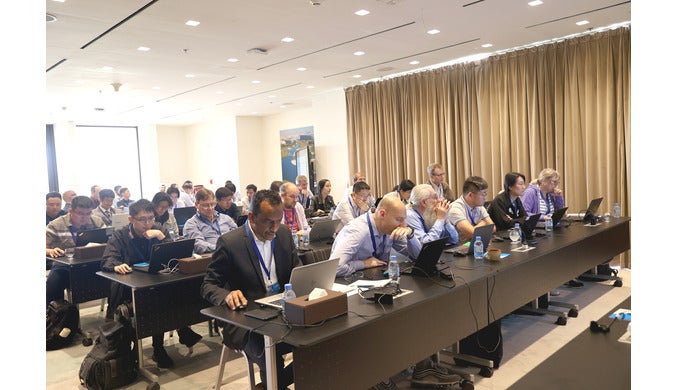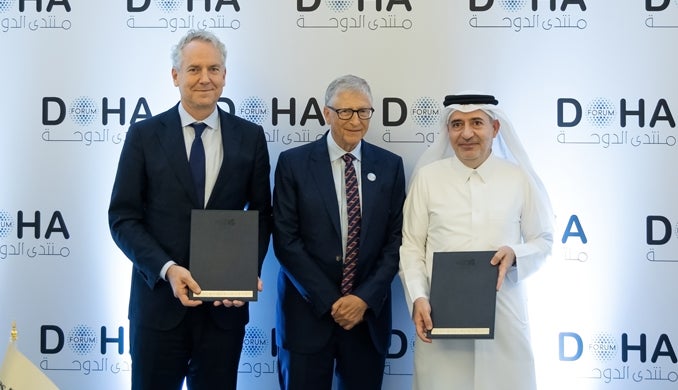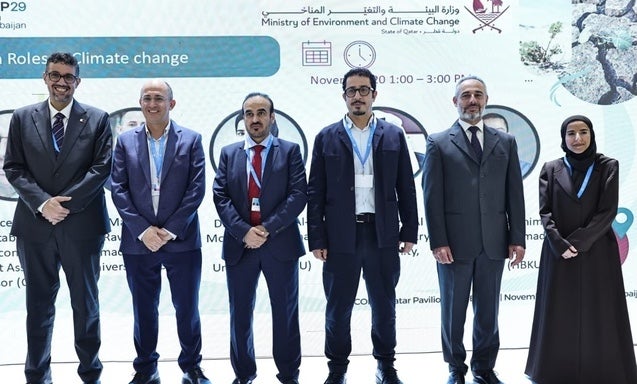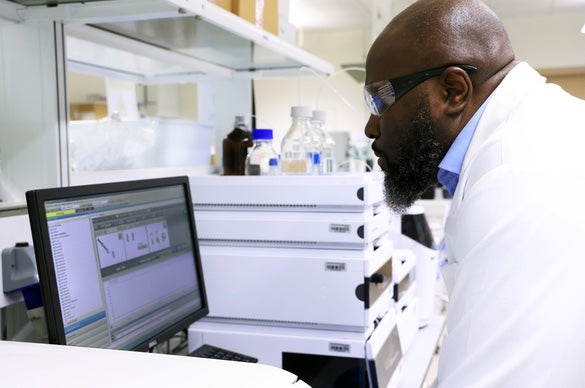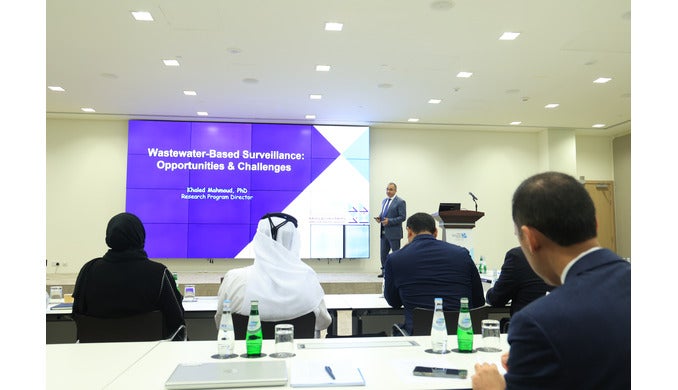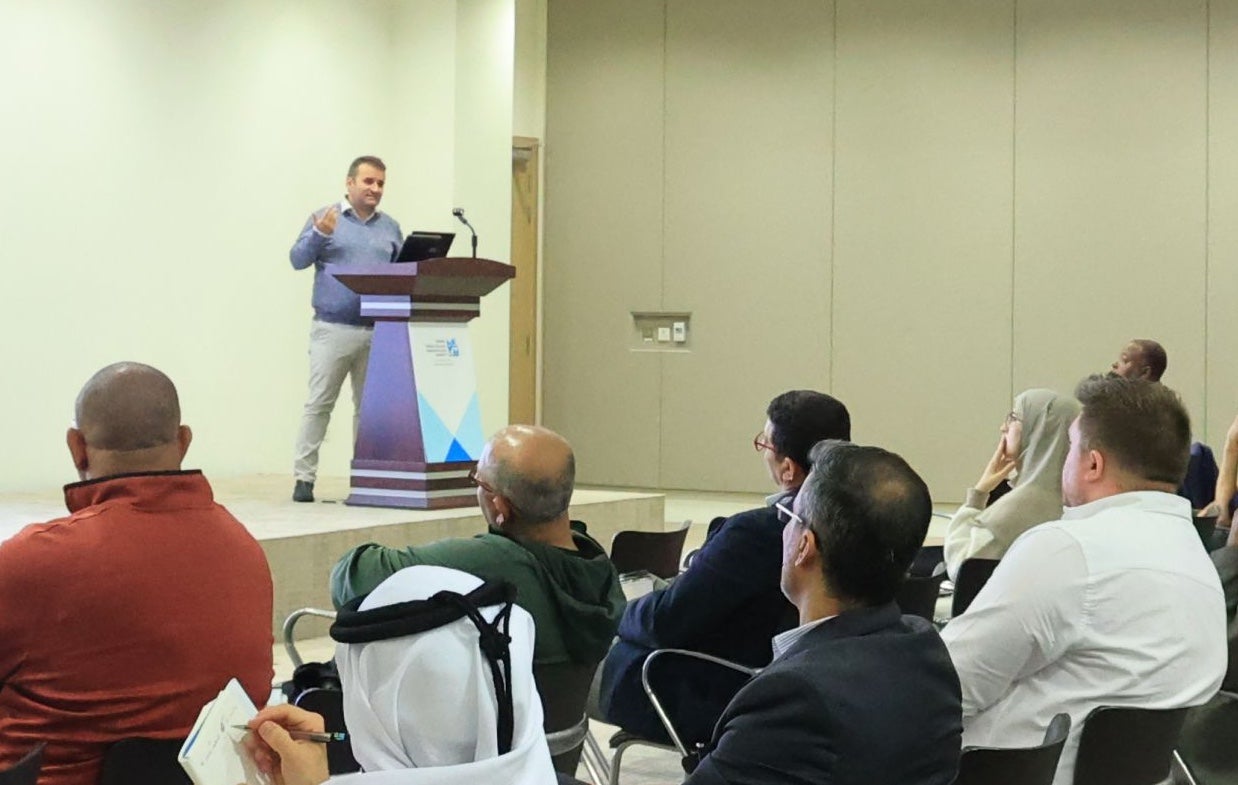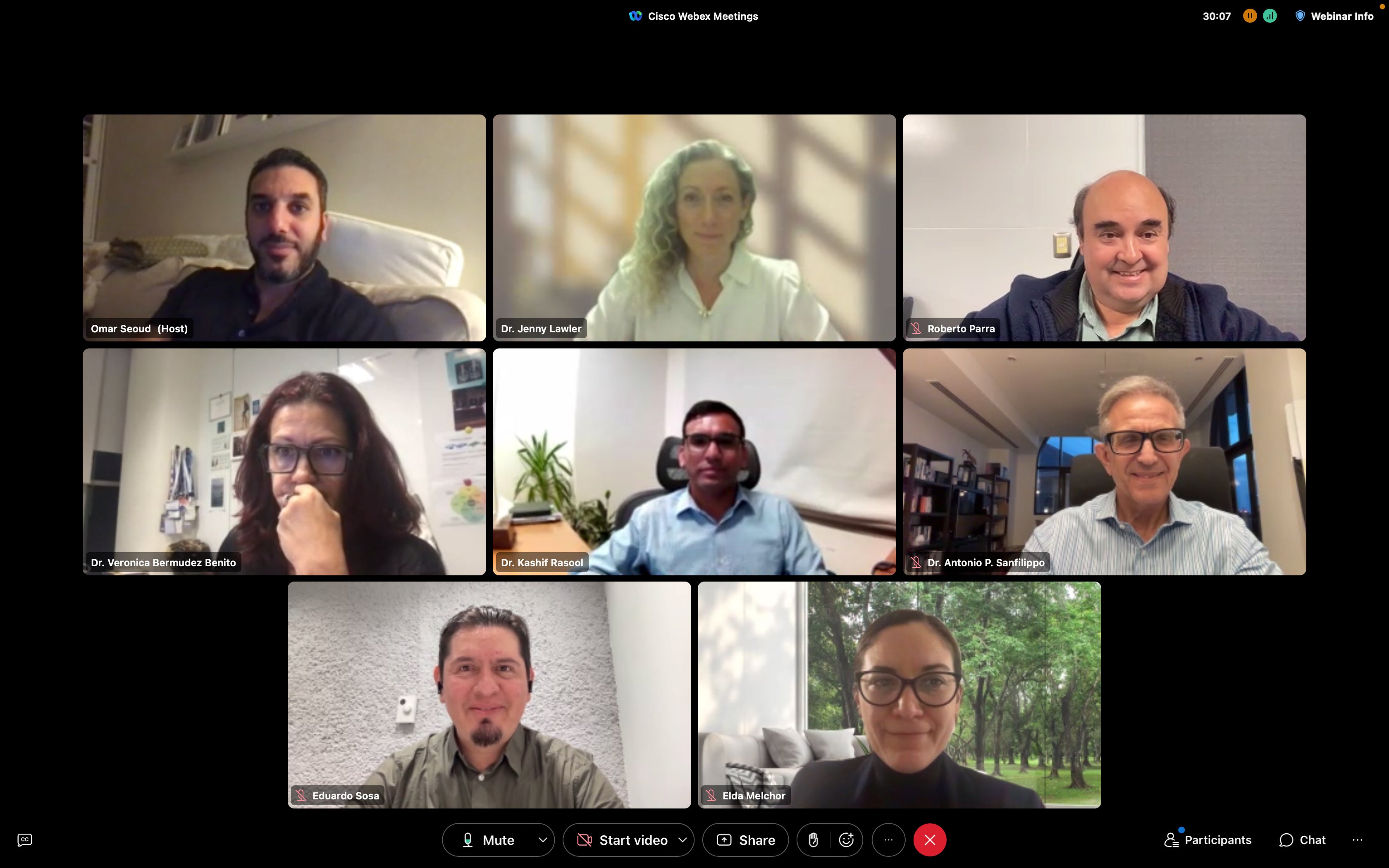Game-changing technology set to shape the future of light sensing and detection, solar energy conversion and electronics
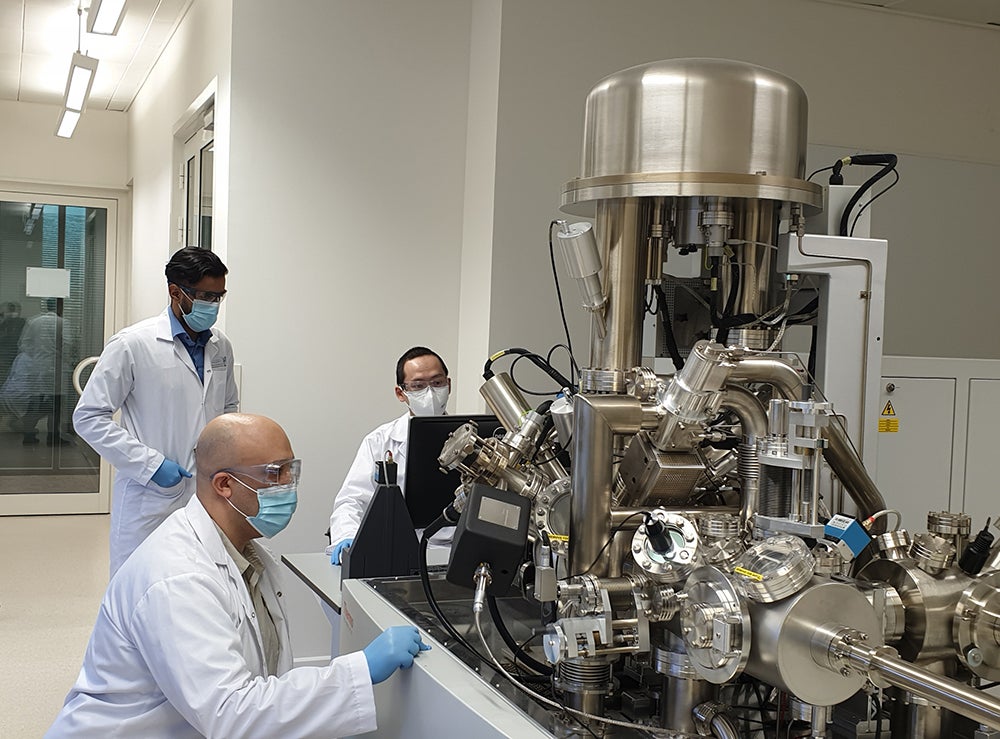
Hamad Bin Khalifa University’s (HBKU) Qatar Environment and Energy Research Institute (QEERI) has become the first research organization in the Middle East to work on nano-rectenna devices. Developed by scientists at QEERI’s Disruptive Technologies Program, these devices can be a potential game changer in the fields of sensors, detectors, solar energy conversion and nanoelectronics.
While solar cells can convert visible light into electricity via the so-called photovoltaic effect, a rectenna-based solar cell is a special type of rectifying antenna that directly converts light into electricity using the wave nature of electromagnetic radiation. The rectenna device consists of a nanoantenna, which absorbs the electromagnetic radiation and generates an oscillating current (AC); a current rectifier (similar to diodes) transforms this AC signal into DC (direct current) output. The same device can be used for light sensing and detection, as well as in many other applications such as night-vision.
Dr. Hicham Hamoudi, Research Program Director for the Disruptive Technologies Program, QEERI said: “There are two main technological challenges in creating efficient optical rectenna solar cells. First, the antennas should be small enough to absorb the electromagnetic waves in the optical range of the spectrum and convert them into AC current; like any antenna, they have to be of the same order of magnitude in size as the wavelength they absorb – hence, at the nanometer scale (nm). Second, the response time of the rectifying diode must be fast enough to follow the changes in the polarity of the electron oscillations in the nano-antennas.
This is experimentally very challenging to achieve using conventional semiconductor-based technologies. In our approach, we use advances in nanoelectronics that open new vistas for rectenna technology development. In addition, the frequency of the diode should be synchronized with the high frequency voltage oscillations produced by the antennas.
“We have been able to achieve an important milestone in a relatively short period and our work has also been recognized by the international research community,” said Dr. Veronica Bermudez, Senior Research Director, QEERI Energy Center.
Talking about the advantages of rectenna-based solar cells, Dr. Bermudez said: “Contrary to traditional photovoltaic solar cells, the rectenna system uses different process for solar energy harvesting, which can increase the conversion efficiency considerably This incredible device which is 1/1000th the size of a human hair, has multiple applications in solar energy conversion, sensors and detectors, night vision and security applications. In addition, rectennas have similar traits as silicon but are nevertheless unique and have many advantages which allow us to build a platform as an incubation zone for the next generation of solar cells, sensors, detectors, and quantum processors.”
QEERI’s researchers are developing a number of rectenna-based technologies, including solar cells that offer several advantages over conventional photovoltaic solar cells in terms of potential efficiency and expected cost. Research continues into the development of infrared and terahertz detectors with the potential for practical applications in many areas such as sensors, molecular spectroscopy, detectors, and imaging. The group is also developing molecular self-assembly-based 3D printers which have no analogy in the present-day 3D printing market and offer several advantages in terms of cost and performance.
Dr. Marc Vermeersch, Executive Director, QEERI, congratulated the team, adding: “QEERI is a market-driven research institute bridging the gap between low and high technology readiness levels. This work achieved in the Disruptive Technologies group is the perfect demonstration of our ability to deploy research efforts in fundamental sciences while contemplating the market perspectives for potential applications of nanomaterials and quantum devices.
“From lab to fab the journey will be long and difficult; however I am convinced we pave the way for a major disruption in several highly strategic topics in the energy (light conversion), the military (night vision) and civil (detectors and sensors) sectors. With such outstanding results, I am very optimistic about QEERI’s ability to keep attracting key stakeholders and funding partners to accelerate the innovation process and bring Qatar at a leading position in these fields.”
In line with Qatar National Vision 2030, QEERI conducts research across its various centers such as the Energy Center, Water Center, Environment and Sustainability Center, Corrosion Center, Natural and Environmental Hazards Observatory, and Earth Sciences Program to support Qatar in tackling its grand challenges related to energy, water and the environment.
For more information on the work of Qatar Environment and Energy Research Institute, please visit hbku.edu.qa/en/qeeri
Related News
